Nothing in Basket!
DATE : 16 August, 2023 TAG: Wildlife Gardening
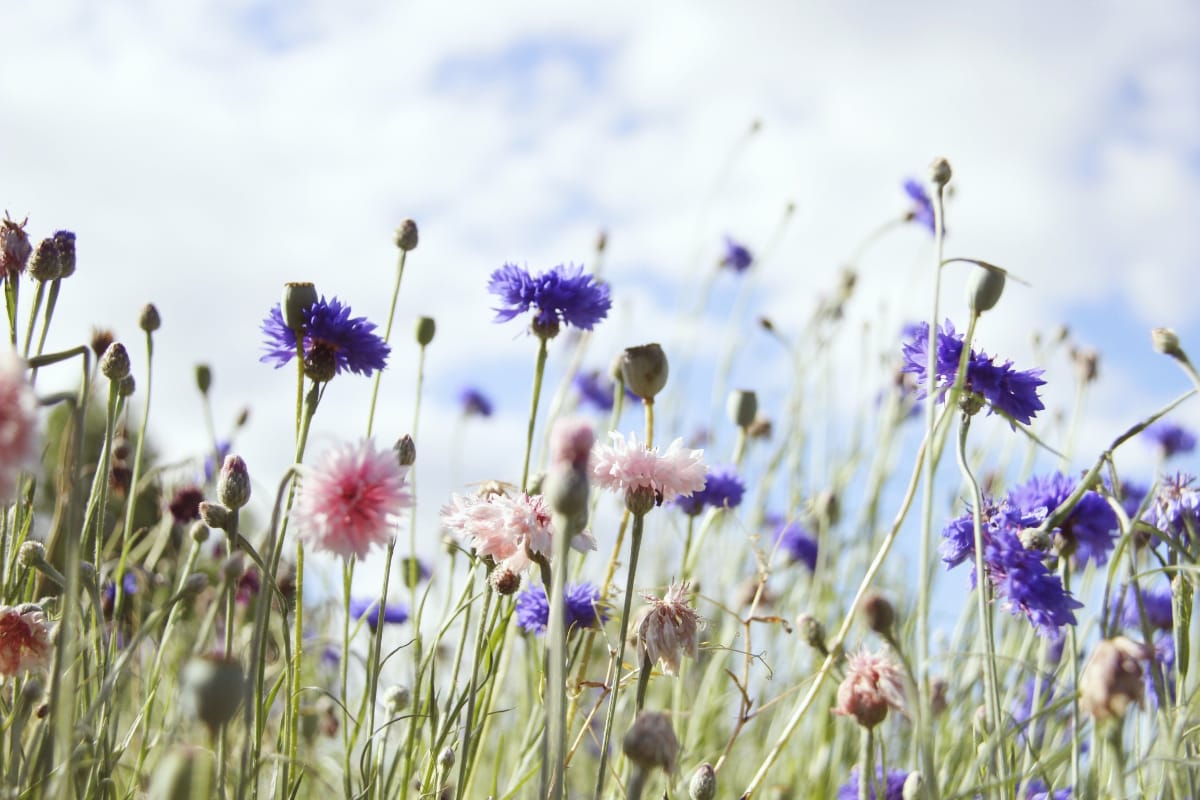
16
Aug
A beautiful garden can be a source of joy and relaxation for you and your family. It can also be a haven for wildlife. Here are a few simple tips for creating a garden that is both beautiful and beneficial to wildlife:
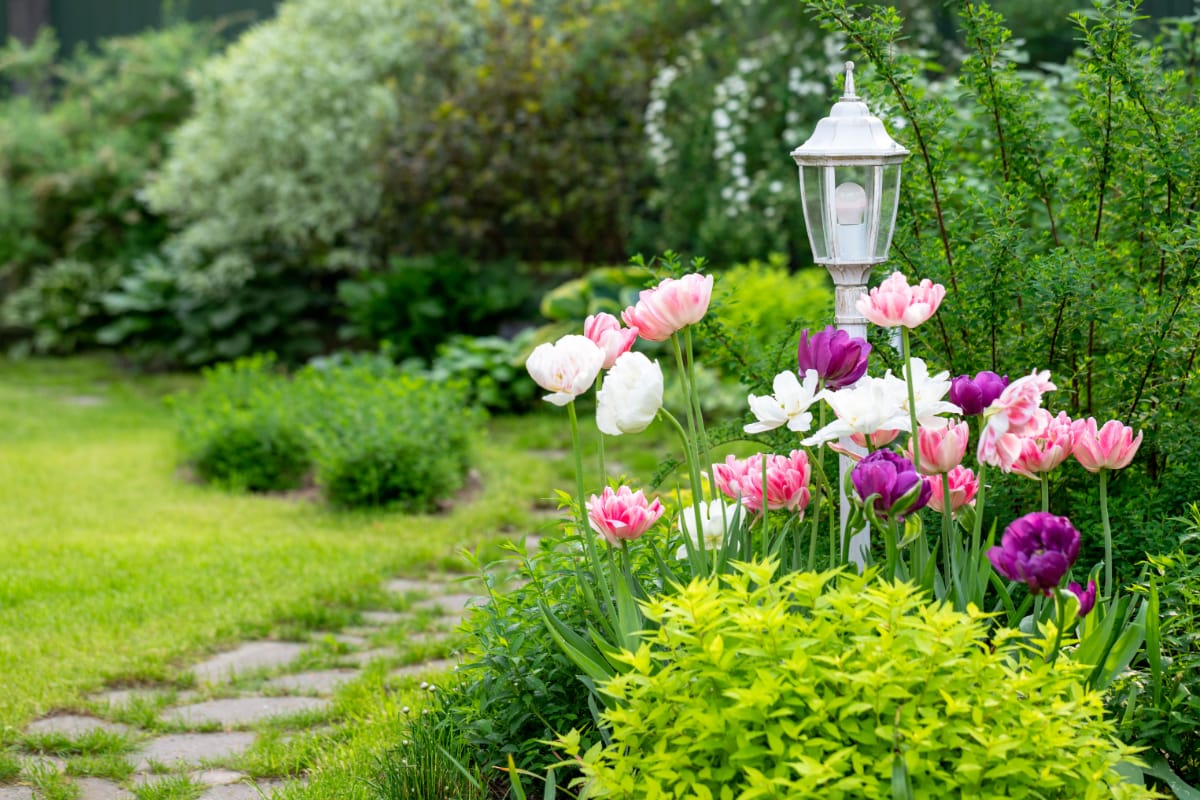
The best way to attract wildlife to your garden is to plant a variety of plants. This will provide them with a variety of food sources and habitats. When choosing plants, consider the following:
Native plants. Native plants are adapted to the local climate and soil conditions. They are more likely to attract wildlife than non-native plants, as they provide food, shelter, and nesting sites for a variety of species.
It can be difficult to know what is native and what isn't. Many plants that are now considered native were brought to this country hundreds of years ago.
Non-native plants. Our climate is changing, and some of our native plants may not survive this change. Additionally, some native plants have already been lost to us. In these cases, it may be necessary to bring in plants from outside of the UK. However, it is important to choose non-native plants carefully, and to only plant them in areas where they will not become invasive.
There are a few things you can look for to help you identify native plants:
By planting native species, you can help to create a more sustainable and wildlife-friendly garden.
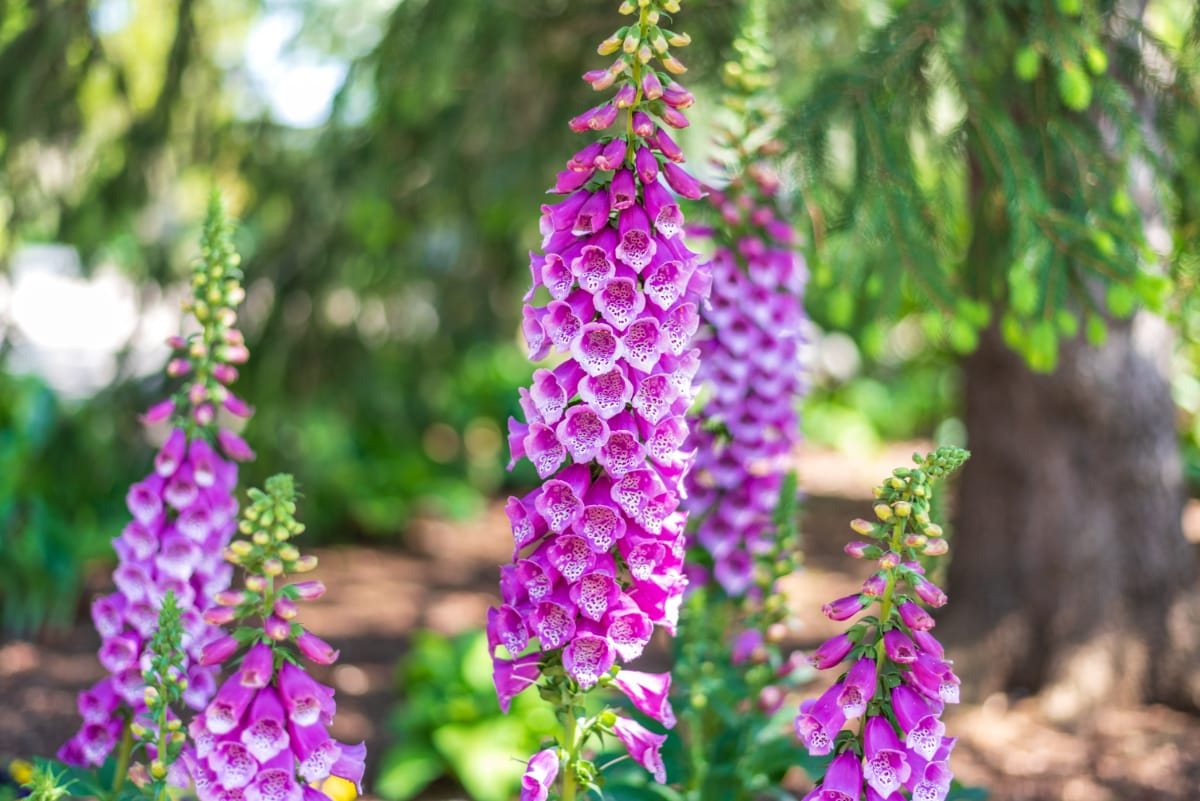
Here are some additional benefits of planting native species:
One example of a non-native plant that can be beneficial is Christina's American Prairie seed mix. This mix of seeds is designed to withstand drought and flooding, which are becoming more common problems in the UK. The American Prairie mix also includes many species of plants that are similar to those that have been lost from English grasslands. By planting the American Prairie mix, you can help to restore lost grasslands and provide food and shelter for wildlife.
Here are some things to consider when choosing non-native plants:
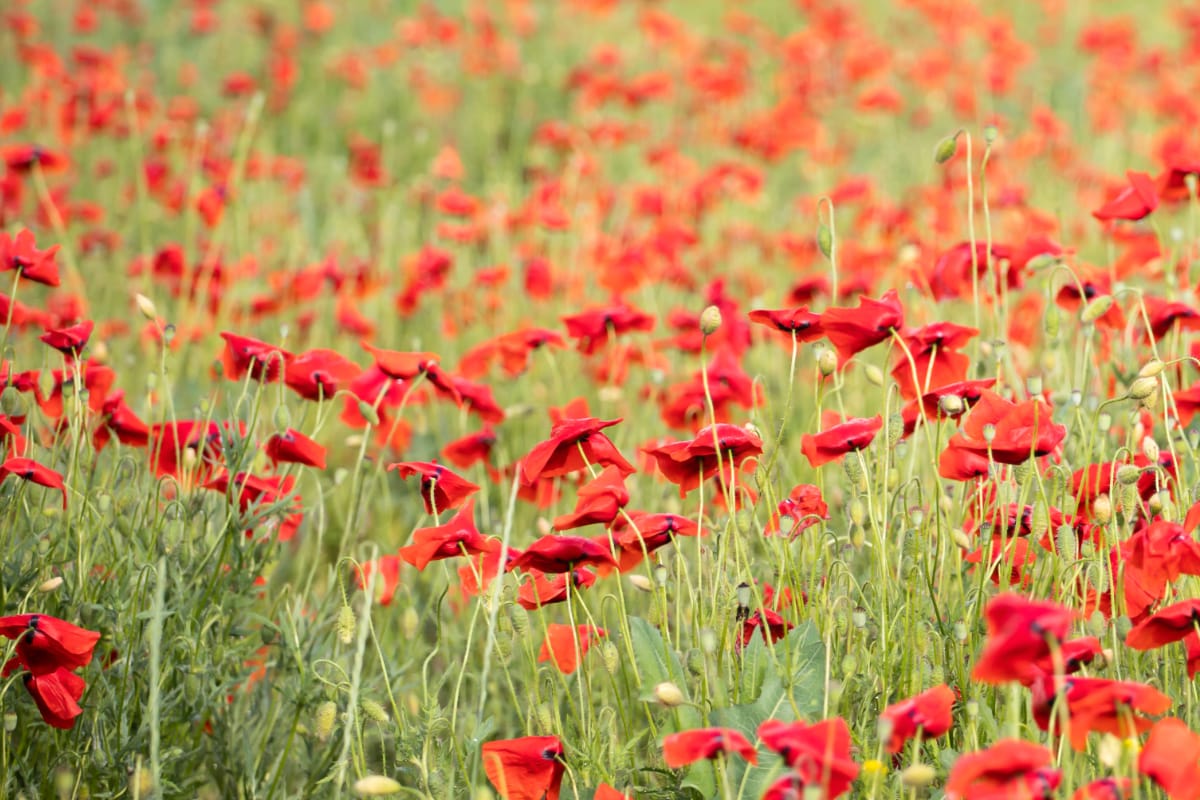
Flowers. Flowers are a vital food source for birds and insects. By planting a variety of flowers that bloom at different times of the year, you can provide a continuous food source for wildlife.
When choosing flowers, it is important to consider the needs of the wildlife in your area. For example, bees are attracted to single-petal flowers, while other insects hide in multi-petal flowers. You should also consider the climate and soil conditions in your area when choosing flowers.
It is also important to include both cultivated and wild flowers. Cultivated flowers are often more colourful and easy to care for and can still provide a lot of nectar and pollen, while wild flowers can be more beneficial to wildlife. As these flowers are disappearing from our meadows, they also need a little help to increase their spread throughout the UK.
By planting a variety of flowers, you can help to create a beautiful and wildlife friendly garden.
Here are some additional tips for attracting wildlife to your garden with flowers:
Shrubs. Shrubs are an important part of any wildlife friendly garden. They provide food, shelter, and nesting sites for a variety of animals.
Birds are attracted to shrubs that have berries or fruit and create an environment they can hide within, take shelter from wet weather and raise their young in.
Here are some examples of shrubs that are beneficial to wildlife:
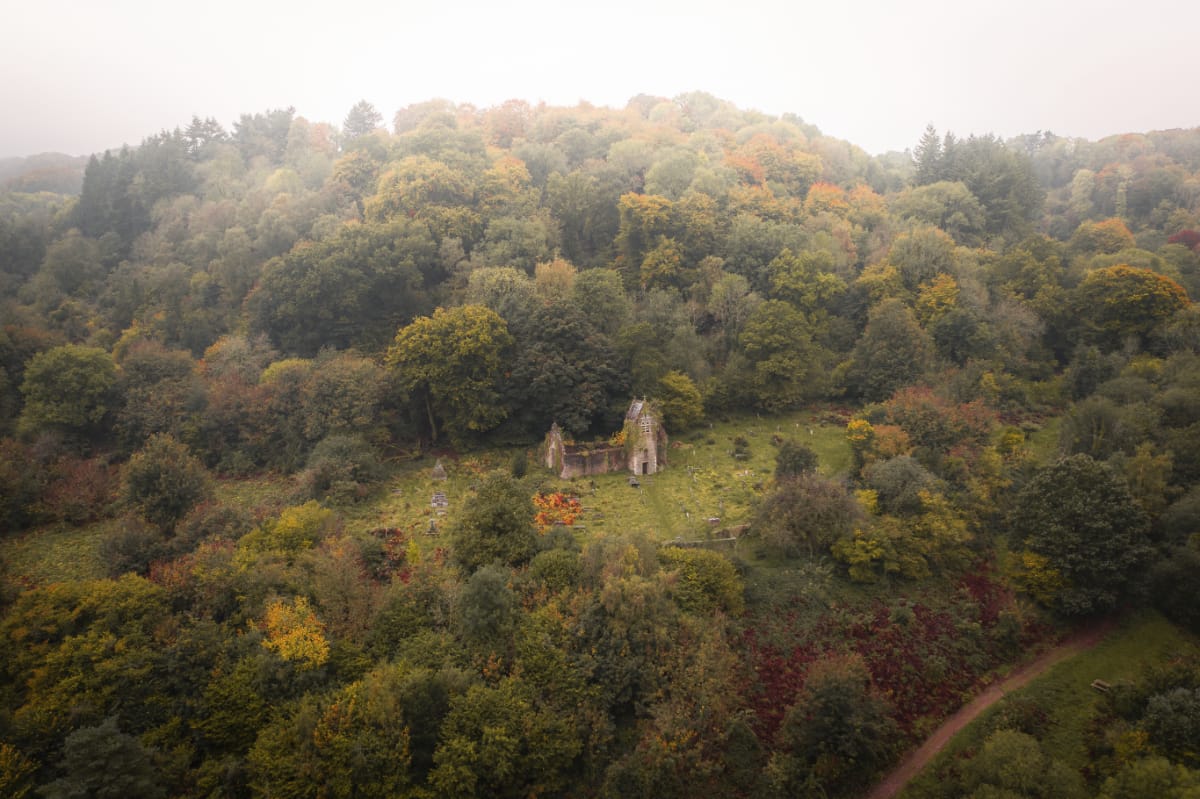
Trees. When choosing trees for your garden, it is important to consider the size of your garden and the amount of space you have. Dwarf trees are suited to smaller gardens, while larger trees may be better suited to larger gardens. If you have a football pitch sized garden or bigger, you don't need to worry so much about the size of the tree.
Trees provide a home for many different species of wildlife, even when the tree is dying. They provide food, shelter, and nesting sites for birds, mammals, insects, and other animals. Trees also help to improve air quality and reduce noise pollution.
Here are some tips for choosing the right sized tree for your garden:
Here are some of the plants I've tried in my garden over the years, along with the type of wildlife that moved in shortly afterwards.
I've attracted many different types of pollinators to my garden by including a wide variety of open, accessible plants rich in pollen and nectar. These plants provide food for a variety of pollinators, including bees, butterflies, insects, mammals and birds.
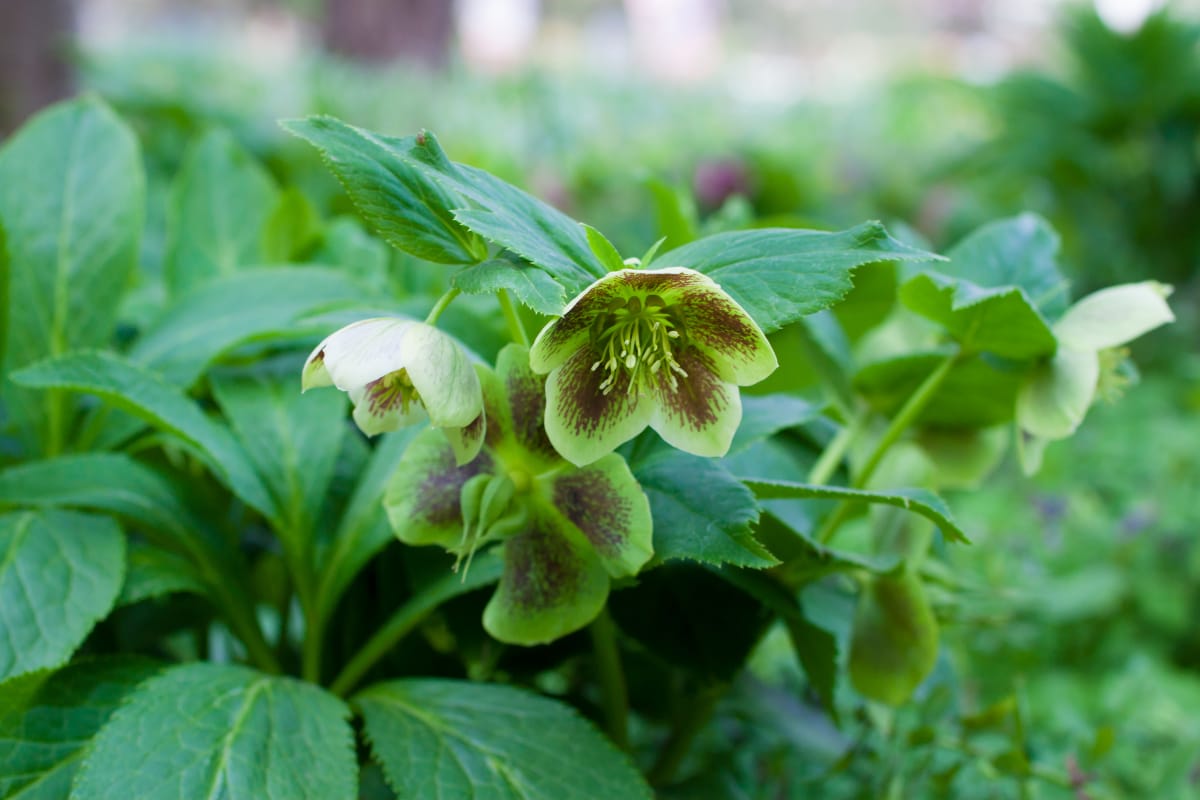
Hellebores are a good choice for early emerging bees in early spring. These plants bloom before many other plants, providing a much-needed source of food for hungry bees. As soon as I introduced hellebores to my garden, the bees descended immediately.
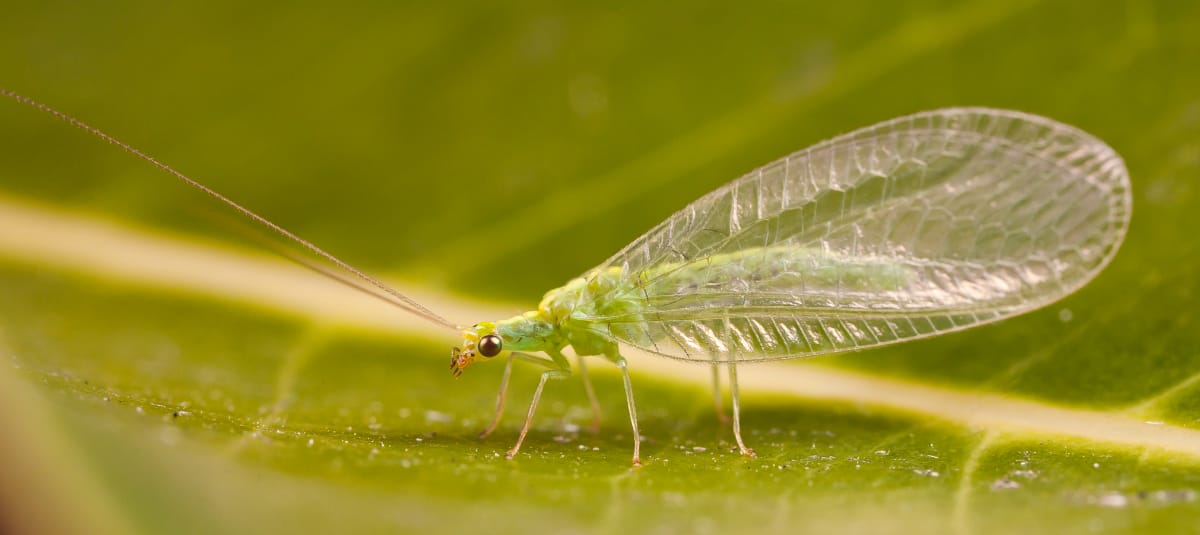
Predatory insects such as lacewings, hoverflies, ladybirds and parasitic wasps will appreciate plants such as, dill, angelica, marigolds, calendula, and cosmos
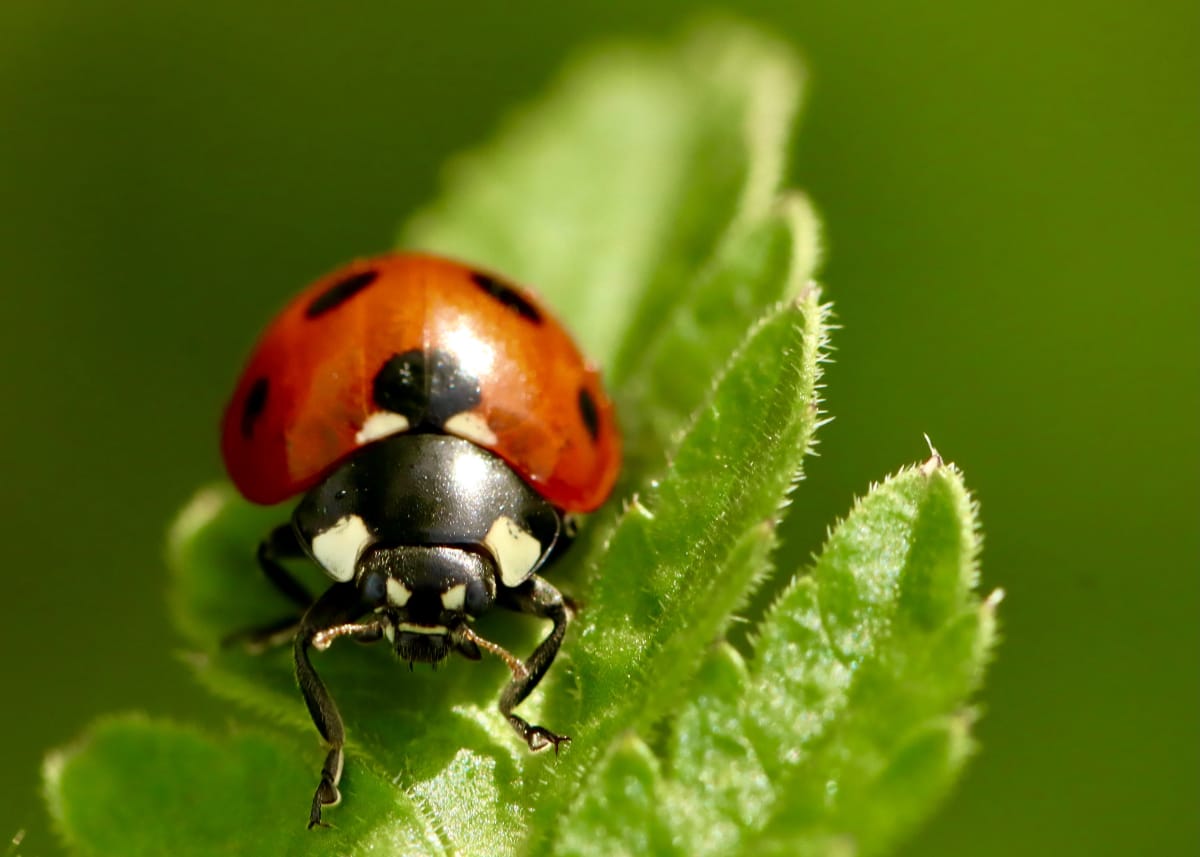
Lady birds will thank you for geraniums, marigolds, nasturtiums, lavenders, herbs such as dill, parsley and thyme. They will also appreciate a garden full of aphids for their young to feast on.

Butterflies lay their eggs on nettles, ivy, holly and in long grass. Butterflies like to feast on the nectar of buddleia, honeysuckle, sedums, lavender, red valerian, michaelmas daisies, verbena, wild marjoram, common knapweed, field scabious, erysimum wallflowers, forget-me-not (myosotis arvensis), cornflower, and corn marigold and much more.
See my article about butterfly food:
The Best Shrubs For Butterflies
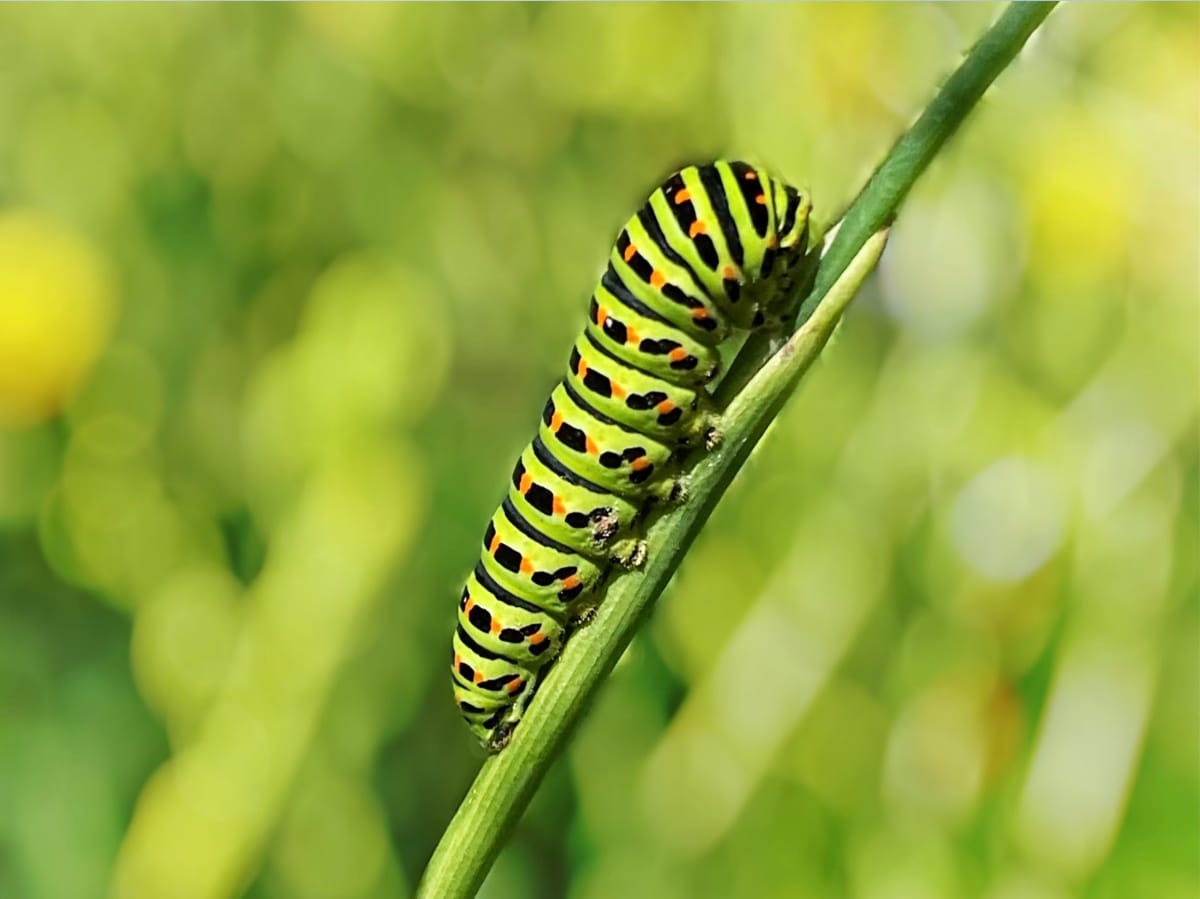
Caterpillars like munching away on nasturtiums, nettles, hops, willows, blackthorn, oaks, comfrey, birds foot trefoil, and grasses.
See my article about caterpillar food:
Plants To Add To Your Garden For Caterpillars
Bees will enjoy, hollyhocks, hops, alliums, daisies, campanula, cornflowers, cosmos, geranium, geum, common mallow, common evening-primrose, salvias, scabious and dandelions. They also appreciate shrubs, buddleia, ceanothus, cotoneaster, mahonia, rosa syringa. Trees that can entice bees to visit your garden are sweet chestnut (castanea sativa), Hazel (Corylus), fruit trees (all) and blackthorn.
Here are a few more articles about bees you may find of interest:
Eight Plants To Help Bees Through Winter Into Spring
How To Attract Bees To Your Garden
The honey bee has a preference for sunflower, comfrey, salix willow, catmint, hellebores, spring blossom, Michaelmas daisies, heathers, wallflowers, centaurea, skimmia, cherry laurels, bird's-foot trefoil, foxgloves, red clover, vipers bugloss, marjoram, chamomile, cornflowers, corn marigold and night-flowering catchfly.
See our article about honeybee food:
The Best Flowers For Honeybees
Bumble-bees have a preference for rosemary, borage, scabious, foxgloves, echinops, lavender, chives, single-flowered dahlias, red clover, marjoram, oregano, meadow cranesbill, bird's-foot trefoil, viper's bugloss, alliums and dandelions.
See our article about bumble-bee food:
The Best Flowers For Bumble-bees
Honey bees will exhaust the nectar from their favourite flower first, before moving onto the next plant. The bumble-bee prefers to graze and move from one plant to another. Because there are so many honey bees in the UK now, as the general public tried to help reverse their decline by adding beehives to their gardens, the bumble-bee is now in danger of being starved because the honey bee is exhausting nectar supplies.
To attract birds they need cover both for protection and nesting, and deciduous hedges and small garden trees are ideal for this. Add in a certain lack of tidiness, water and long grass, and the garden becomes the perfect home for birds. If you want you can add bird food such as sunflower hearts and peanuts which seem to attract the majority of birds.
Hedgehogs enjoy yellow rattle, wild carrot, bird's-foot trefoil, tufted vetch, self heal, poppies, red clover, and long grass where their food sources can hide. Hedgehogs are opportunists and will eat most edible things they find, even if they are not good for them, be careful what you leave out in your garden for other wildlife if you do have hedgehogs.
Bats like borage, cornflower, corn marigold, evening primroses, night-scented stock and wallflowers (Cheirantus Cheiri).
Humans are also wildlife, and we need our space to be comfortable and relaxing. We need some sun, some wind, grass, trees, shrubs, bushes, flowers, space, and wildlife to watch. We also need comfy seating so we can relax and enjoy it all.
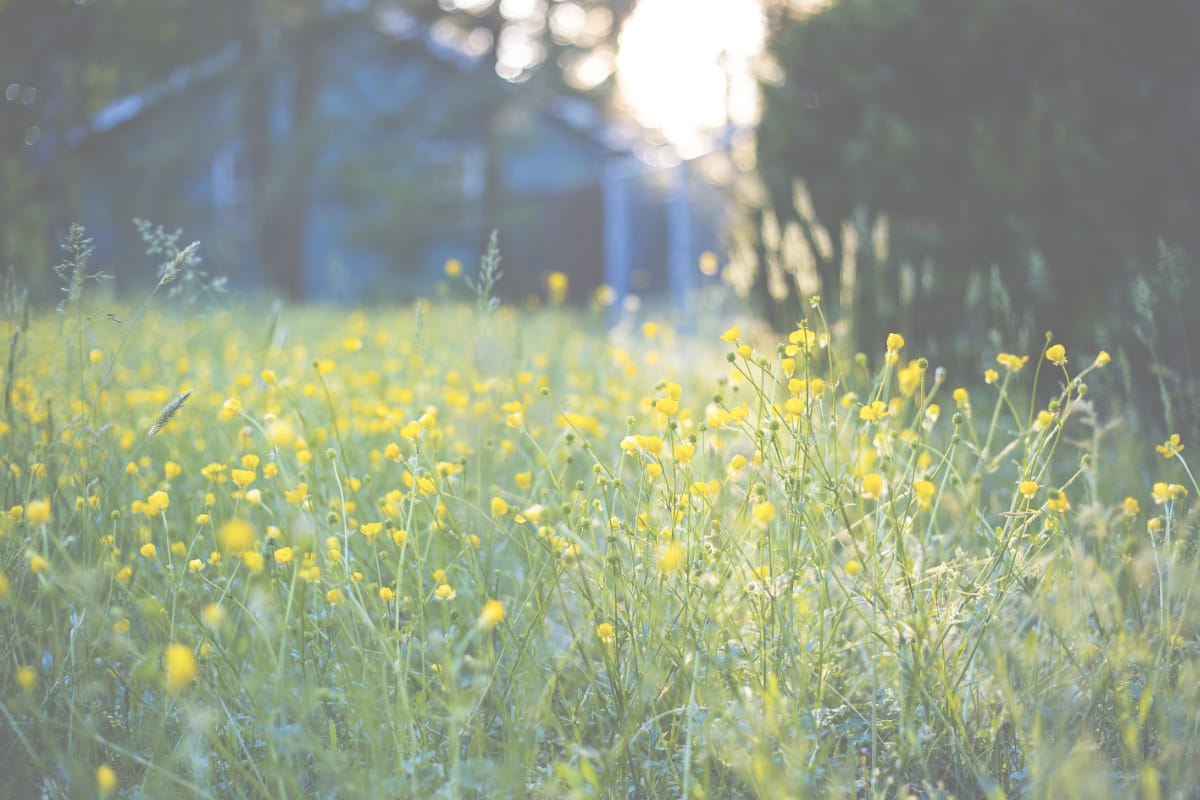
Wild areas of your garden can provide a place for wildlife to hide, raise young, and find food and shelter. To create wild areas in your garden, leave some areas un-mowed and un-planted. You can also create a wildflower meadow or a butterfly garden.
When creating a wildlife meadow or a wildflower bed, some preparation is required. Simply throwing down seeds will not work as well as clearing an area of grass and weeds first. Here are some tips for creating a successful wildlife meadow or wildflower bed:
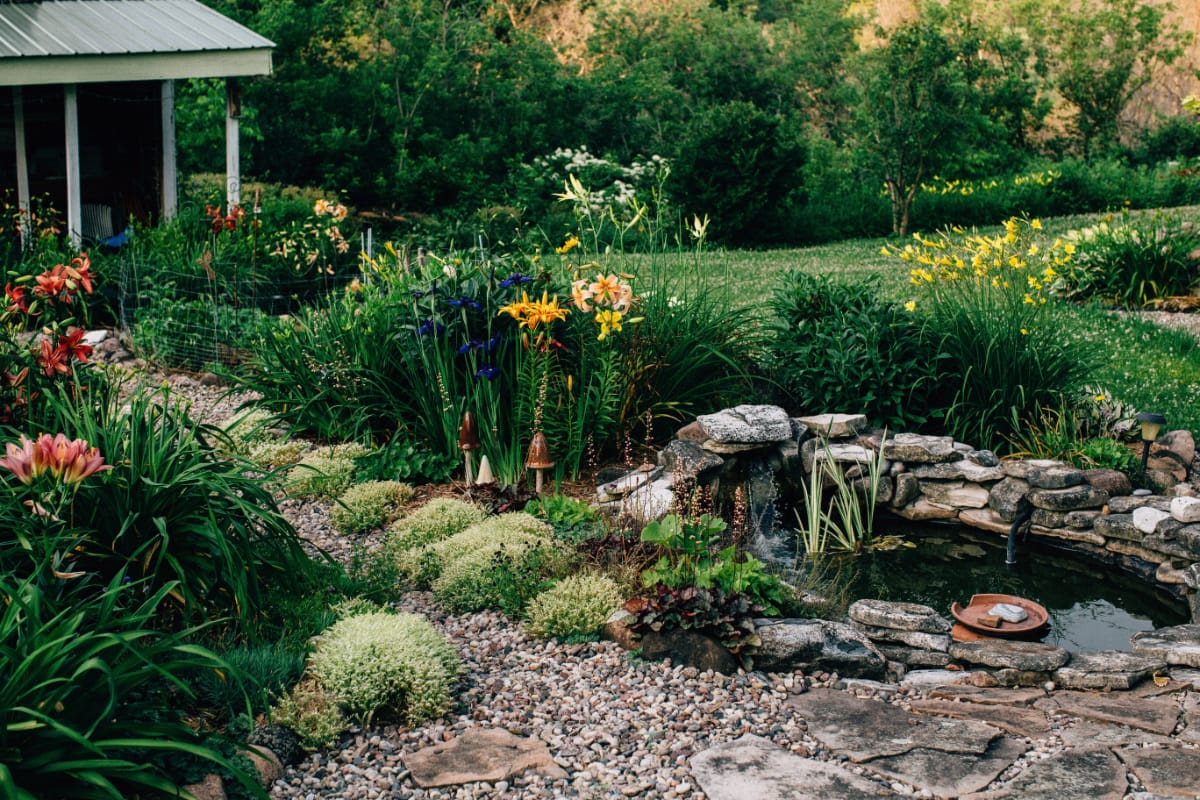
Pesticides can harm wildlife. They can also contaminate the soil and water. To avoid using pesticides, use organic methods to control pests. You can also use barriers, such as netting or fencing, to keep pests away from your plants. I've found once one beastie arrives another beastie will soon follower to munch on the first ones, and so on. Once you have a balanced eco-system in your garden you won't have to worry about who is living in it.
It will take time for wildlife to find your garden. You can add one new plant to your garden a year, or go all out and do it all over one summer, but it is more fun to spread it out and make it a life time hobby.
Take your time and enjoy yourself, you will soon notice the increase in wildlife activities year on year.
How To Grow Catmint
What is the difference between a cultivated wildlife friendly and a wild garden
Eight plants to help bees through winter into spring
What is yellow rattle
Oxeye daisy leucanthemum vulgare
10 of the best climbers for wildlife
Wildlife Gardening Tips
The secret to getting birds into your garden
The best flowers for bumblebees
Plants to add to your garden for caterpillars
The best flowers for honeybees
The best shrubs for butterflies
What you need to know before starting a wildlife-garden
How to attract bees to your garden
How to attract birds to your garden
Wildlife gardening jobs for January
Wildlife gardening jobs for February
Wildlife gardening jobs for March
Wildlife gardening jobs April
Wildlife gardening jobs May
Wildlife gardening jobs June
Wildlife gardening jobs July
Wildlife gardening jobs for August
Wildlife gardening jobs for November
Wildlife gardening jobs for December
Nothing in Basket!
